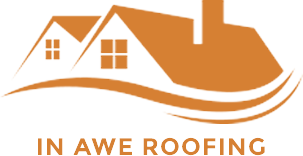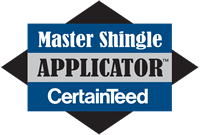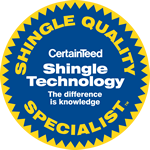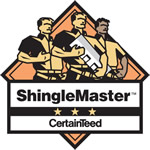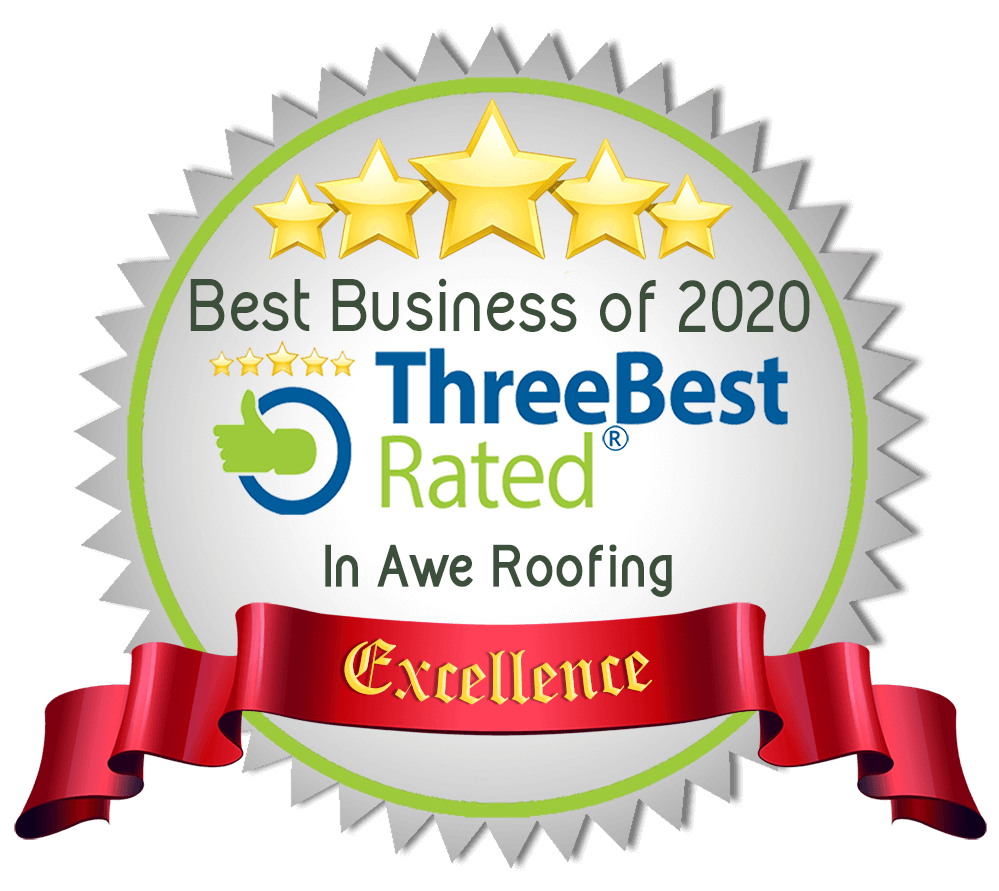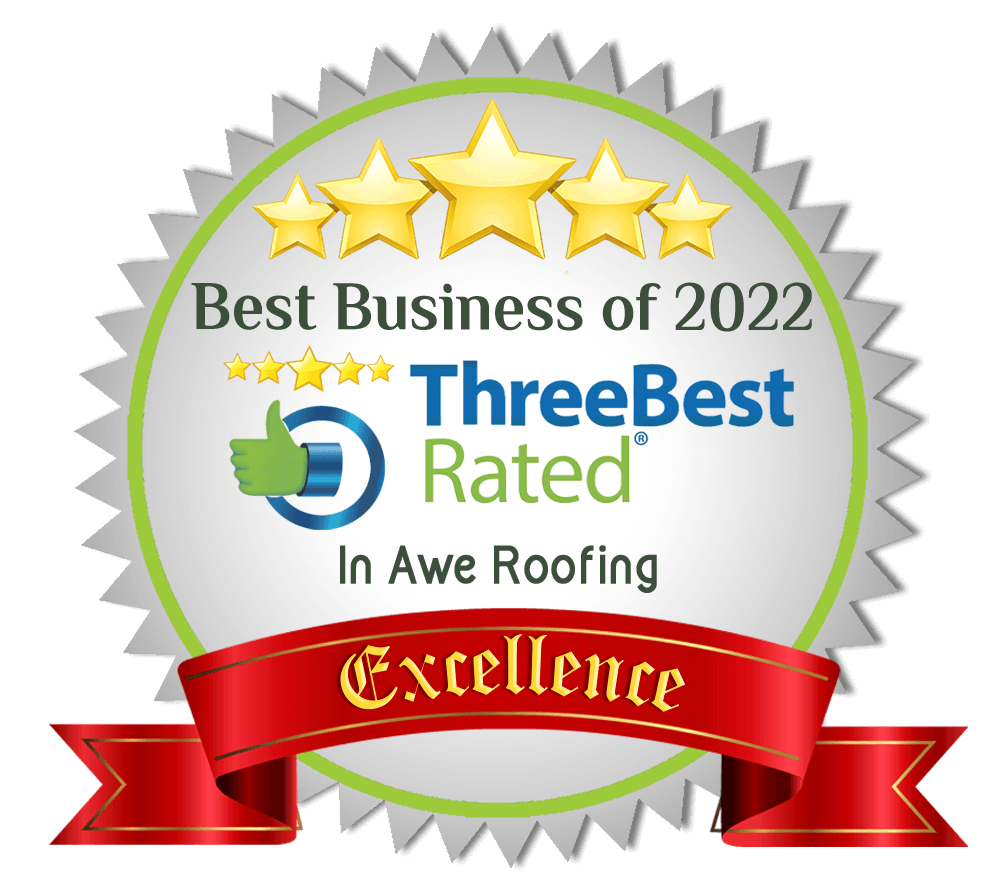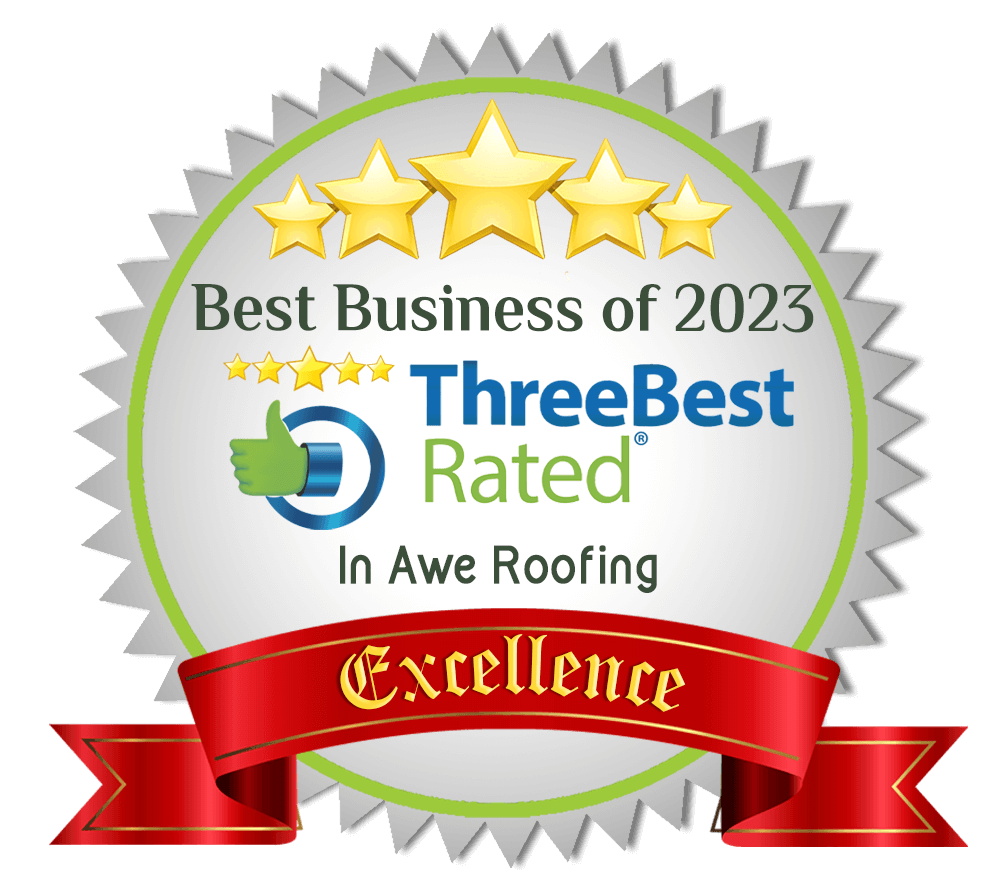Moss, Algae, and Mold on Roofs: Remedies and Repairs
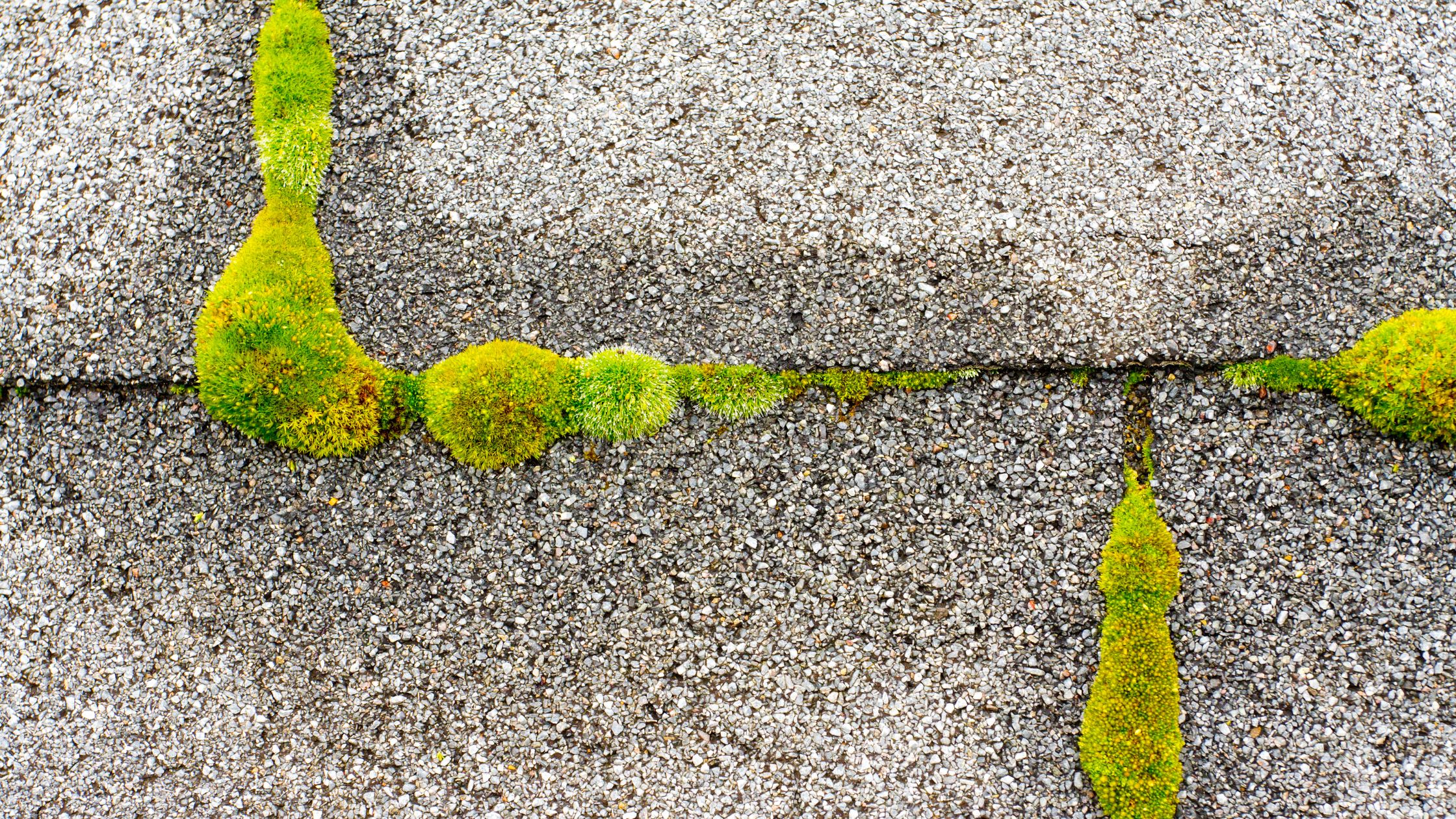
Your home’s roof is not just a protective shield against the elements; it’s also a significant investment. To ensure its longevity and functionality, you must be vigilant about its maintenance and upkeep. One common challenge that many homeowners face is the growth of moss, algae, and mold on their roofs. These unsightly intruders not only mar the aesthetics of your home but can also cause significant damage if left unchecked. In this article, we will explore the causes of moss, algae, and mold growth on roofs and discuss effective remedies and repairs to keep your roof in top condition.
Moss
Moss is a small, non-flowering plant that thrives in damp and shaded environments. It can establish itself on your roof when spores are carried by the wind or birds and find a conducive environment to grow. Moss on your roof can be a significant concern, as it absorbs and retains moisture, leading to water damage and deterioration of roofing materials. Over time, moss can lift shingles, causing leaks and compromising the structural integrity of your roof.
Algae
Algae are simple, plant-like organisms that can thrive in a variety of environments. On roofs, they typically appear as dark streaks or patches. Algae thrive in humid and shaded areas, and they feed on the limestone filler in asphalt shingles. While algae themselves may not cause significant structural damage to your roof, they can result in unsightly stains and discolouration, negatively impacting your home’s curb appeal.
Mold
Mold is a type of fungus that can grow on roofs when moisture is present. It appears as black or greenish patches and can be harmful not only to your roof but also to your health. Mold spores can become airborne and enter your home, potentially causing respiratory issues and allergies. Roof mold can also deteriorate roofing materials and lead to costly repairs.
Causes of Growth
Understanding why these intruders take root on your roof is crucial for effective prevention and removal. Here are some common causes of moss, algae, and mold growth:
1. Moisture Accumulation
Excess moisture on your roof provides a breeding ground for these organisms. Rainwater, dew, and humidity create ideal conditions for moss, algae, and mold to flourish. Areas with poor drainage are particularly susceptible.
2. Shade
Shaded areas on your roof tend to stay damp for longer periods, promoting the growth of these unwanted visitors. Overhanging trees or nearby structures can cast shadows that encourage moss, algae, and mold growth.
3. Lack of Maintenance
Regular roof maintenance, including cleaning and inspections, is crucial for preventing the growth of these organisms. Neglecting your roof allows debris to accumulate, creating a fertile ground for moss, algae, and mold.
4. Poor Ventilation
Inadequate ventilation in your attic or roof space can trap moisture, creating an environment that is conducive to moss, algae, and mold growth.
Remedies and Repairs
Preventing and addressing moss, algae, and mold growth on your roof is essential to extend its lifespan and maintain its appearance. Here are effective remedies and repairs to consider:
Regular Cleaning
One of the most straightforward ways to prevent moss, algae, and mold growth is by keeping your roof clean. Remove debris such as leaves, branches, and dirt regularly. You can use a soft-bristle brush or a leaf blower to gently remove surface buildup. Be cautious not to damage the roofing materials while cleaning.
Trim Overhanging Trees
If your roof is shaded by overhanging trees, consider trimming them to allow more sunlight to reach the roof. Increased sunlight helps keep the roof dry, making it less hospitable to moss, algae, and mold.
Install Zinc or Copper Strips
Zinc and copper are naturally occurring elements that inhibit the growth of moss, algae, and mold. Installing strips of zinc or copper near the roof’s peak can help prevent these organisms from taking hold. Rainwater running over these strips releases trace amounts of these metals, creating a protective barrier on the roof surface.
Chemical Treatments
Several chemical treatments are available to combat moss, algae, and mold on roofs. Roof cleaners containing potassium salts of fatty acids or copper sulfate can be effective at killing and preventing growth. However, it’s essential to follow the manufacturer’s instructions carefully and take safety precautions when using these chemicals.
Professional Roof Cleaning
For extensive moss, algae, or mold infestations, it’s advisable to seek the services of a professional roofing company. They have the experience, equipment, and expertise to safely and effectively clean your roof. Professional roof cleaning not only removes existing growth but also helps prevent future infestations.
Improve Roof Ventilation
Proper attic or roof ventilation is critical to maintaining a dry and healthy roof. Ensure that your roof has adequate ventilation to minimize moisture buildup. Consult a roofing professional to assess and improve your roof’s ventilation if necessary.
Roof Repairs
If your roof has suffered structural damage due to moss, algae, or mold growth, it’s essential to address the issues promptly. Repair or replace damaged roofing materials, fix leaks, and reinforce weak spots to prevent further damage.
Preventative Maintenance
Regular roof inspections and maintenance should be part of your homeowner routine. Schedule annual or bi-annual inspections with a professional roofing company to identify and address any issues before they become severe.
Final Thoughts
Moss, algae, and mold growth on your roof are common challenges that can lead to damage, reduced curb appeal, and health concerns. By understanding the causes of these issues and implementing effective remedies and repairs, you can ensure that your roof remains in excellent condition. Regular cleaning, proper ventilation, and professional roof maintenance are essential steps in preventing and addressing these unwanted intruders. Protect your investment and the integrity of your home by taking proactive measures to keep your roof moss, algae, and mold-free.

In Awe Roofing Limited is an Award-Winning, family owned and operated Vancouver Roofing Contractor with over 17 years of roofing experience. We serve the entire Lower Mainland area, from Whistler to Chilliwack, employing a team of professional staff members. Our team has won numerous awards including Best of Homestars for the last five years, and Three Best Rated six years in a row. Learn more
